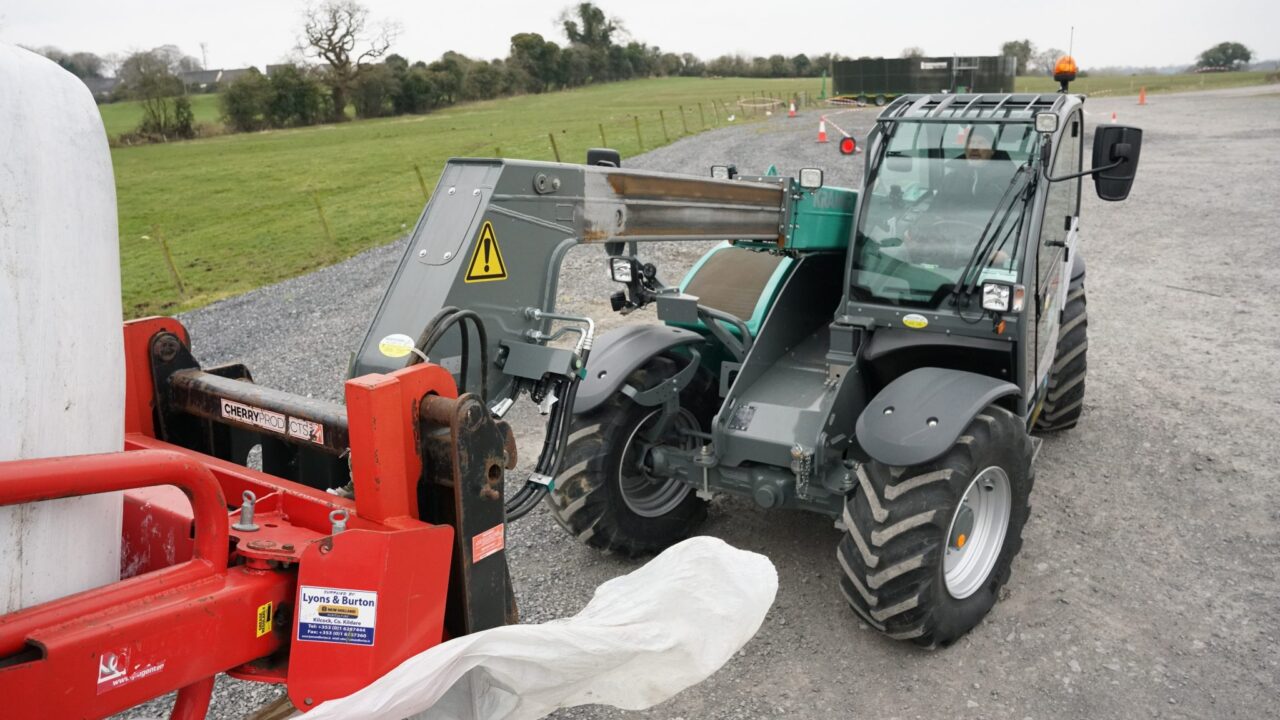The tie-in between John Deere and Kramer brought the loader manufacturer more fully to the attention of many as, although Kramer was available here, it did not have the marketing power that John Deere possess.
Yet little is known about the origins of the company over here other than it is German and it specialises in telescopic loaders.
Kramer dates all the way back to 1918 and three brothers, Emil, Hans and Karl Kramer, who established a machinery business at Gutmadingen on the River Danube.
Slow start
The first mower they built was powered by a 4hp motorcycle engine and, despite mixed reviews when first put on the market in 1925, the machine sold 33 units.
There is some vagueness as to how the mower was powered, with some sources noting that it was horse-drawn while others suggest that it was self-propelled.

However, there is a general consensus that this year marks the centenary of mower production proper and an improved version appeared at a local show in 1928.
The Kramer brothers never built their own engines, so this first model used a Güldner unit, starting a long relationship with the company that lasted until the 1960s.
Larger tractors from Kramer
More powerful tractors began to appear in the mid-1930s, which followed the continental pattern of a separate frame with engine and cylinders arranged horizontally.

Following the war, Kramer continued to build this form of tractor but the K25 of 1943 saw the company start moving towards using the engine block as the frame.
Two distinct model ranges also emerged during the 1950s: the KW machines were powered mainly by water-cooled Güldner engines while the KL models had a Deutz air-cooled unit fitted.
On a few models, a larger MWM engine was employed and when Güldner stopped producing engines they went so far as to use Standard Motor diesels, as found in the Ferguson TE20.
Last tractor upgrade
Towards the end of the 1960s, the tractor range was given its final facelift. Out went the round, slim, ‘kidney’ bonnets from the 1950s and in came a much more modern square-shaped machine.

‘Allrad’, in German, means ‘all wheel drive’ and for a while Kramer enjoyed some success with their 4X4 tractors during the hectic years of the 1960s.
But by 1973, it was all over for their conventional tractor range. However, Kramer had developed a radical four-wheel-steer tractor, known as the ‘Two Way’, which as its name suggests was completely reversible and built with a similar layout to the Deutz Intrac and MB Trac. This stayed in production until 1980.
Loaders appear
Another new development took place in 1968 when Kramer introduced Germany’s first four-wheel-drive loader.
The market for tractors was shrinking and so it turned to the construction sector as the best way forward, settling on material handling as the most promising sector.

Eventually the loader was combined with the four-wheel-steer tractor system in 1987 to produce the basis of the range we see today.
Mergers
The company also underwent a series of mergers, first with the Austrian company Neuson and then with Wacker AG.

The latest deal with John Deere sees the American company take a 5% equity stake in Kramer, granting it certain distribution rights, but the machines will remain in Kramer colours.
With nearly 60 years’ experience of building loaders, Kramer has settled on the rigid rather than articulated frame as a design fundamental, due to its inherent safety.
This frame continues to sell to what has become a very competitive market.

